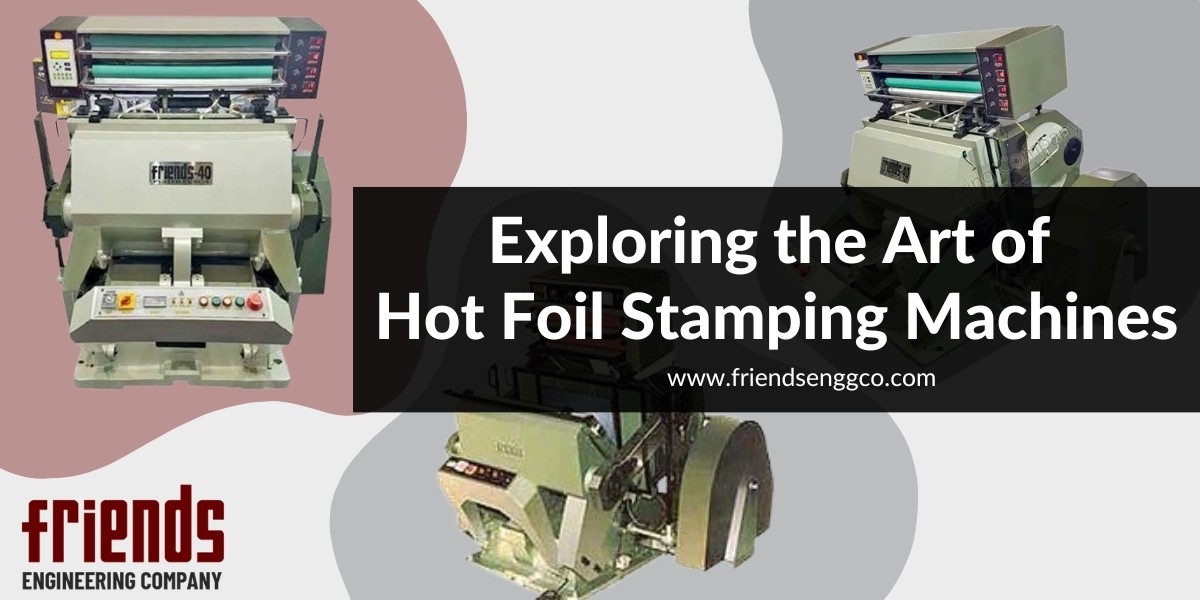In the ever-evolving landscape of printing and design, the art of hot foil stamping has carved its niche as a timeless and sophisticated embellishment technique. Hot foil stamping machines, with their ability to add a touch of luxury and elegance, have become indispensable tools for artists, designers, and printers alike. In this blog, we will delve into the fascinating world of hot foil stamping, exploring its history, the technology behind it, and its contemporary applications.
The Origins of Hot Foil Stamping:
Hot foil stamping can trace its roots back to the ancient art of gilding, where thin layers of precious metals were applied to manuscripts and artworks. However, the modern technique we know today emerged in the early 20th century with the invention of the hot foil stamping machine. This innovative device, equipped with heated metal dies and foil rolls, allowed for the transfer of metallic and pigmented foils onto various surfaces.
The Technology Behind Hot Foil Stamping Machines:
Hot foil stamping machines operate on a simple yet ingenious principle. A heated die presses against a foil roll, transferring the foil onto the intended material through pressure and heat. The process creates a visually striking effect, enhancing the appearance of logos, text, and intricate designs. These machines are equipped with precise temperature control and pressure settings, ensuring the optimal transfer of foil onto different surfaces, from paper to leather.
Types of Foils and Materials:
One of the key attractions of hot foil stamping is the versatility it offers in terms of foils and materials. Metallic foils, ranging from gold and silver to iridescent hues, can be used to create a dazzling array of effects. Matte, gloss, and holographic foils add another layer of customization. Additionally, hot foil stamping can be applied to a variety of materials, including paper, cardboard, leather, and even certain plastics. This adaptability makes hot foil stamping a favored technique in the production of high-end packaging, business cards, book covers, and more.
Contemporary Applications:
While hot foil stamping has its roots in traditional craftsmanship, it has seamlessly adapted to the demands of the modern design and printing industry. Today, hot foil stamping machines are integrated with computerized systems, allowing for precise and intricate designs that were once unimaginable. The marriage of tradition and technology has opened up new possibilities for creativity and innovation in areas such as branding, marketing, and product packaging.
Conclusion:
The art of hot foil stamping machines continues to captivate designers and printers, offering a timeless way to elevate the visual appeal of printed materials. As technology advances, the capabilities of these machines expand, making hot foil stamping an indispensable tool for those seeking to make a lasting impression. Whether used for business cards, invitations, or packaging, the allure of hot foil stamping lies in its ability to transform ordinary materials into extraordinary works of art.




